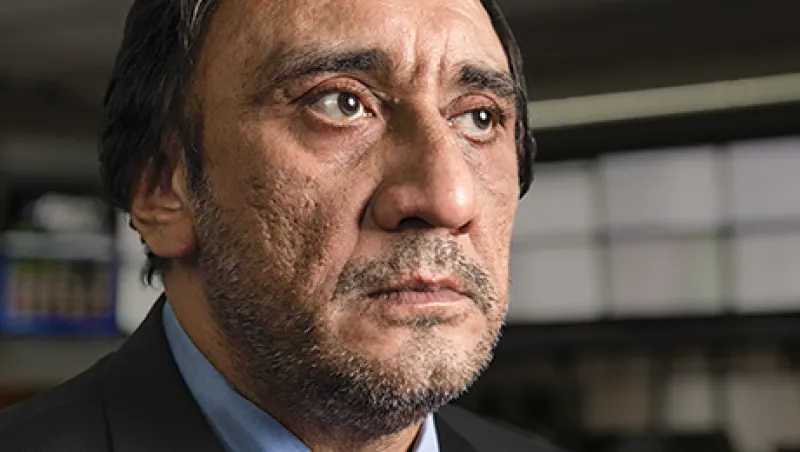
CME Group Ventures Beyond Futures
CME chief executive Phupinder Gill is depending on the exchange operator’s in-house venture capital fund to identify and understand the technologies transforming his industry.
Katie Gilbert
December 28, 2015


